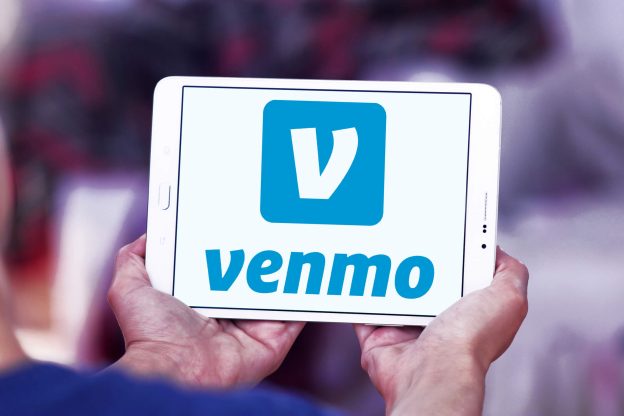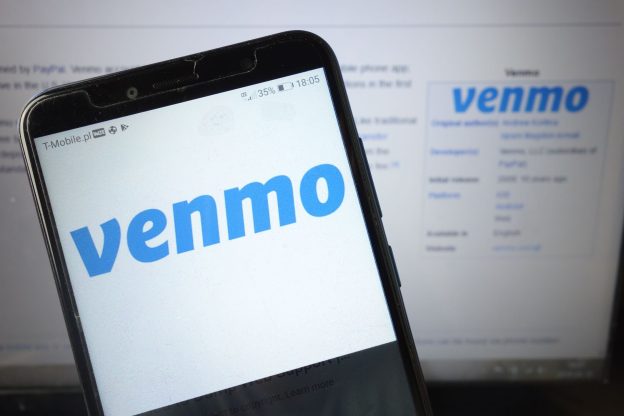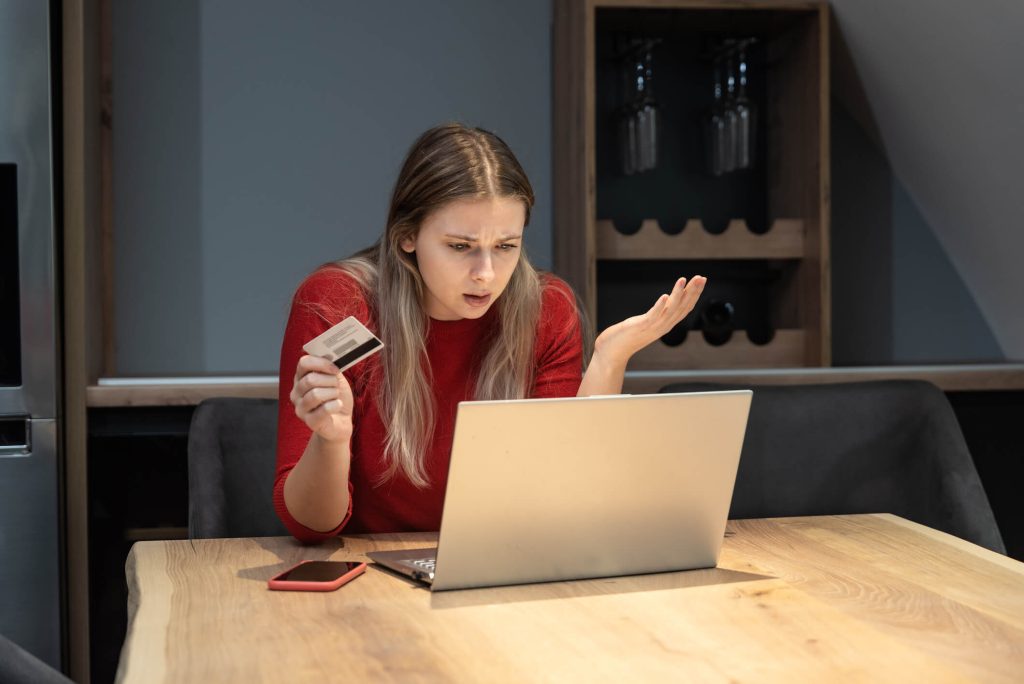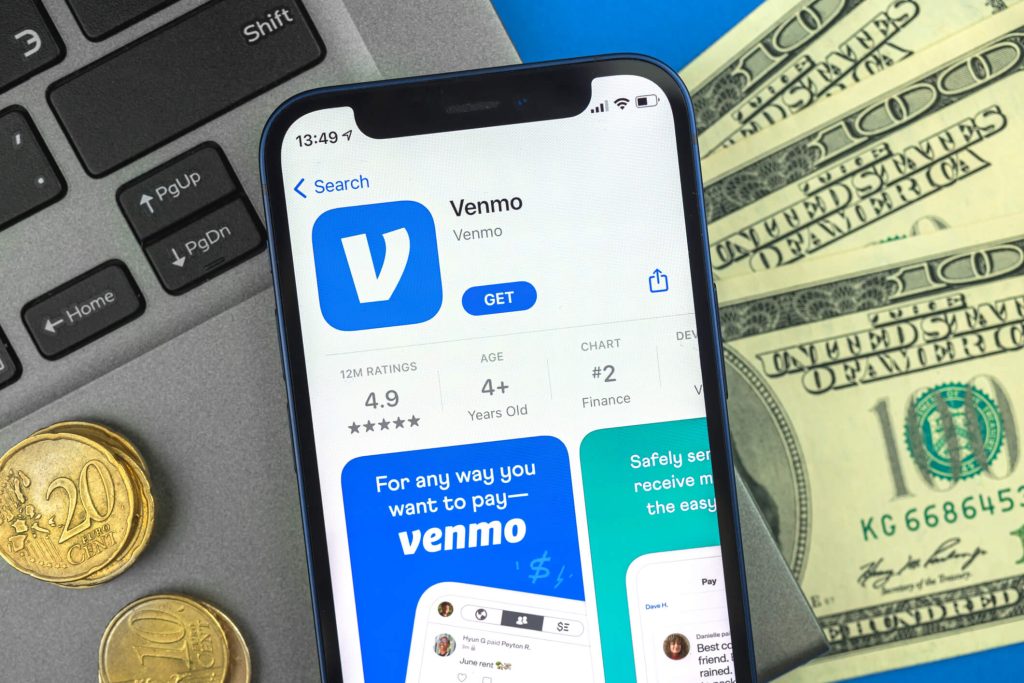Venmo has become a popular platform for peer-to-peer money transfers, allowing users to send and receive funds with ease. However, there are instances where users may find their Venmo accounts frozen, preventing them from accessing their funds or making transactions. This article aims to provide a comprehensive guide on how to unfreeze a frozen Venmo account, offering step-by-step instructions and addressing common concerns.
Reasons for a Frozen Venmo Account: Common Triggers
Before delving into the process of unfreezing a Venmo account, it is crucial to understand the reasons behind this issue. Venmo may freeze an account for various reasons, including suspicious activity, violation of terms of service, or failure to comply with verification requirements. Some common triggers for a frozen Venmo account include:
1. Suspicious or Unusual Activity

Venmo monitors accounts for patterns that deviate from normal usage, which might indicate fraudulent activities. Such activities include a sudden increase in transaction amounts, frequent transactions in a short period, or transactions involving new, unverified accounts. If Venmo detects any unusual activity, it may freeze the account to prevent potential fraud.
2. Violation of User Agreement
Venmo has a strict user agreement that all users must follow. This agreement includes guidelines on permissible types of transactions, such as prohibiting the use of Venmo for buying or selling goods and services without a proper business account. Violating these terms can lead to an immediate account freeze.
3. Failed Account Verification
Venmo requires users to complete certain verification steps, particularly when setting transaction limits or adding new payment methods. If the verification fails—due to incorrect information or discrepancies in the provided data—Venmo might freeze the account until the user completes the necessary verification.
4. Chargebacks and Disputes
If a transaction is disputed by another user or a chargeback is filed through a linked credit card, Venmo might freeze the account associated with the transaction. This is a precautionary measure to ensure that funds are not wrongfully withdrawn or misused during the dispute resolution process.
5. Regulatory Compliance
Venmo is required to comply with financial regulations, including those related to anti-money laundering (AML) and combating the financing of terrorism (CFT). If Venmo suspects that an account is being used for illegal purposes, or if it fails to comply with regulatory requirements, the account will be frozen.
6. Overdue Balances
If an account has an overdue balance due to a failed transaction or a reversal of funds, Venmo may freeze the account. Users need to settle these balances promptly to avoid disruptions in their account usage.
7. Security Breaches
If Venmo detects that an account may have been compromised or is at risk of unauthorized access, it will freeze the account for security purposes. This can happen if suspicious login attempts are detected or if there’s a breach related to the user’s connected email or phone number.
Consequences of a Frozen Venmo Account
A frozen Venmo account can lead to various complications, affecting your ability to make transactions, access funds, and manage your financial obligations through the platform. This guide will detail the consequences of having your Venmo account frozen and provide practical steps on how to navigate and mitigate these issues.
1. Inability to Conduct Transactions

The most immediate and noticeable effect of a frozen account is the inability to send or receive money. This can disrupt your daily financial activities, such as paying bills, splitting costs with friends, or conducting business transactions.
2. Restricted Access to Funds
When Venmo freezes an account, access to any funds currently in the account is also restricted. This means you cannot withdraw, transfer, or use the money in your Venmo balance until the freeze is lifted.
3. Delayed Financial Obligations
For users who rely on Venmo to manage their regular financial obligations, a frozen account can lead to delayed payments. This might result in late fees or service interruptions (e.g., utilities, rent, or subscription services).
4. Impact on Linked Financial Instruments
A frozen account can also affect the linked financial instruments like your bank accounts and credit cards. For example, if Venmo detects a security issue, it might temporarily disable these links to prevent potential fraud.
How to Unfreeze a Frozen Venmo Account: Step by Step Guide
Having your Venmo account frozen can be a distressing experience, especially if you rely on it for daily financial transactions. If you find yourself in this situation, it’s essential to understand the steps you can take to resolve the issue and regain access to your account. This guide provides a clear, step-by-step process to help you unfreeze your Venmo account.
Step 1: Understand the Reason for the Freeze
Before taking any action, it’s crucial to understand why your account was frozen. Venmo typically freezes accounts for the following reasons:
- Suspicious activities that might suggest unauthorized access or fraudulent transactions.
- Violation of Venmo’s user agreement, such as using the account for ineligible activities like business transactions without proper authorization.
- Issues with payment methods, including failed transfers or disputed charges.
Venmo usually sends an email explaining the reason for the freeze. Check your email associated with your Venmo account for this communication. If the reason isn’t clear, you’ll need to contact Venmo directly for more details.
Step 2: Contact Venmo Support
Once you understand the reason behind the account freeze, the next step is to contact Venmo support. You can do this through the following channels:
- Email: Send a detailed email to Venmo’s customer support, outlining your issue and any steps you have already taken to resolve it.
- Phone: Venmo provides a customer service phone number which you can call to discuss your account situation directly.
- In-app: If you can still access the app, use the in-app messaging feature to contact customer service.
When contacting Venmo, be ready to provide any necessary information that can help resolve your account issue. This includes your account details, any relevant transaction IDs, and a clear explanation of your concern.
Step 3: Submit Required Documentation
Depending on the reason for the freeze, Venmo may require additional documentation to verify your identity or validate certain transactions. This could include:
- Photo ID: A government-issued identification to confirm your identity.
- Proof of Address: Utility bills or bank statements to verify your address.
- Transaction Receipts: In cases of disputed transactions, providing receipts or proof of transaction can help resolve misunderstandings quickly.
Make sure to submit clear and legible documents promptly to expedite the unfreezing process.
Step 4: Follow Venmo’s Instructions
After reviewing your case, Venmo will likely provide specific instructions to follow to unfreeze your account. This might include changing your password, setting up two-factor authentication, or resolving any outstanding balances or disputes.
It’s important to follow these instructions carefully and completely, as failure to comply could extend the duration of the freeze or lead to account termination.
Step 5: Wait for the Resolution
Once you have taken the necessary steps and provided all required information, the next step is to wait for Venmo to process your case. The duration of this process can vary based on the complexity of the issue and Venmo’s current workload.
During this time, keep an eye on your email and your Venmo app for any updates or further requests from Venmo. If you don’t hear back within a reasonable time frame, follow up with Venmo support to check on the status of your case.
Step 6: Take Preventative Measures
To prevent future freezes, take proactive steps to secure your account and adhere to Venmo’s policies:
- Secure your account with a strong password and enable two-factor authentication.
- Monitor your transactions regularly and report any suspicious activity immediately.
- Understand and comply with Venmo’s terms of service to avoid violations.
Frequently Asked Questions
Q.1: How long does it take to unfreeze a Venmo account?
The time taken to unfreeze a Venmo account can vary depending on the complexity of the issue. It may take anywhere from a few days to a few weeks for Venmo to resolve the frozen account.
Q.2: Can I still receive funds while my Venmo account is frozen?
No, while your Venmo account is frozen, you will not be able to receive or access any funds. It is crucial to resolve the frozen account issue before attempting any transactions.
Q.3: What happens to my pending transactions during the freeze?
During the freeze, any pending transactions will be put on hold. Once the account is unfrozen, these transactions will be processed accordingly.
Q.4: Can I use an alternative payment method while my Venmo account is frozen?
Yes, users can explore alternative payment methods while their Venmo account is frozen. However, it is important to ensure the security and legitimacy of these alternative methods.
Conclusion
Unfreezing a frozen Venmo account can be a frustrating experience, but by following the steps outlined in this guide, users can increase their chances of successfully resolving the issue. It is crucial to assess the situation, contact Venmo support, provide the required documentation, address any concerns, exercise patience, and follow up with Venmo support. By cooperating with Venmo and maintaining a polite and cooperative approach, users can navigate the unfreezing process effectively and regain access to their funds.




